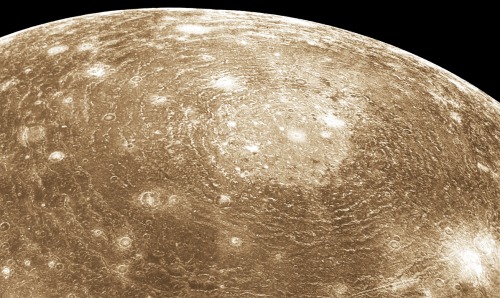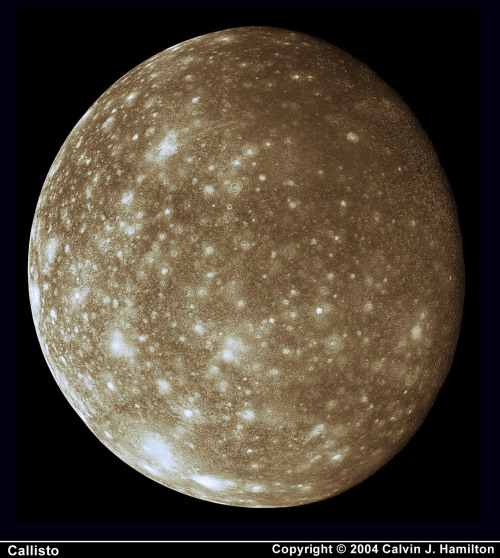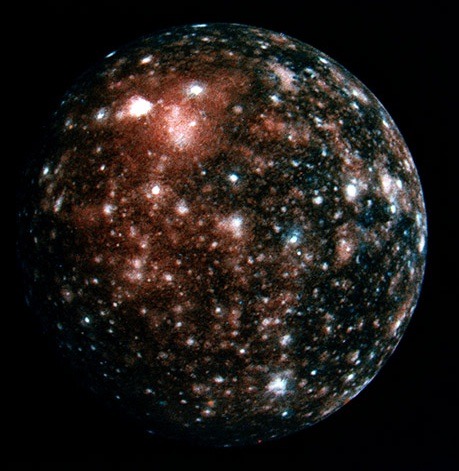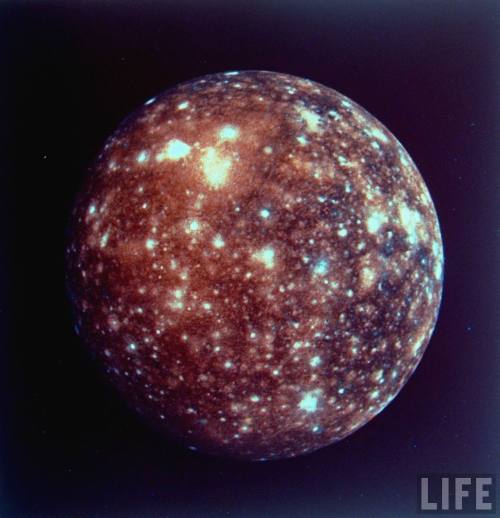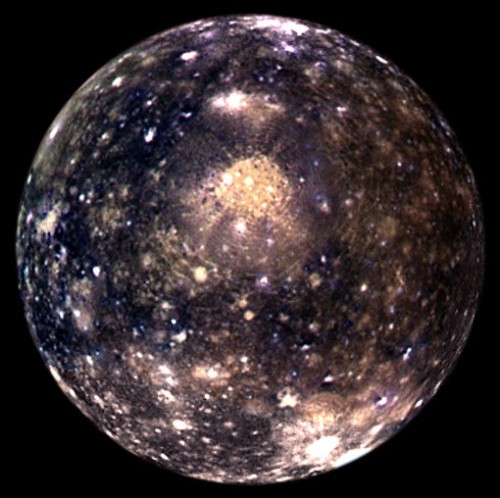Where your favorite blogs come alive
Callisto - Blog Posts




felt like drawing more of this
second image i credit to my friends for coming up with things for me to draw. third is a drawing of nightlight and @limstelle’s (tumblr won’t let me tag) oc callisto in human form. fourth drawing is old but fits the theme.
OMG I'M SO LATE, i'm sorry about that, tumblr didn't alert me that i was tagged for some reason... :S
BUT ANYWAYS I AM SO OBSESSED WITH THESE. these are literally the cutest and thank you so much for them. .。・゚゚・(。ノωヽ。)・゚゚・。.




Im had to draw nightlight several more time before i go absolutely nuts about the new feh banner about the spring outing
Bonus:

Nightlight isnt mine babi she is @megatronswaifu’s babi
(I hope i havent annoyed you with this second @ ajdjsjajsjssjjs)

OH MY GOD THIS IS AMAZING SLSJDKSKFNKDND
i love this work and i love your robo girl too. thank you for your compliments about nightlight. BEST FIRST POST

So basically @megatronswaifu has this cute little robot baebi and i wanted to draw her with my thici robo girl. Thank you for this adorable sweetie called nighlight with her big oL eyes 💗💗💗 (i hope you dont mind me drawing her apologies if you do)
Also ebic first post ;;)

Prima immagine di OSIRIS-REx dallo spazio profondo, giunta a noi terrestri il 15 febbraio 2017, dopo cinque mesi di "crociera". Se state per dire che l'immagine è sfocata, sappiate che la sonda si trova a 673 milioni di km da Giove. - During Earth-Trojan asteroid search operations, the PolyCam imager aboard NASA’s OSIRIS-REx spacecraft captured this image of Jupiter (center) and three of its moons, Callisto (left), Io, and Ganymede. The image, which shows the bands of Jupiter, was taken at 3:34 a.m. EST, on Feb. 12, when the spacecraft was 76 million miles (122 million kilometers) from Earth and 418 million miles (673 million kilometers) from Jupiter. PolyCam is OSIRIS-REx’s longest range camera, capable of capturing images of the asteroid Bennu from a distance of two million kilometers.
This image was produced by taking two copies of the same image, adjusting the brightness of Jupiterandnbsp;separately from theandnbsp;significantly dimmer moons, and compositing them back together so that all four objects are visible in the same frame.
NASA’s Goddard Space Flight Center in Greenbelt, Maryland provides overall mission management, systems engineering and the safety and mission assurance for OSIRIS-REx. Dante Lauretta of the University of Arizona, Tucson, is the principal investigator, and the University of Arizona also leads the science team and the mission’s observation planning and processing. Lockheed Martin Space Systems in Denver built the spacecraft and is providing flight operations. Goddard and KinetX Aerospace are responsible for navigating the OSIRIS-REx spacecraft. OSIRIS-REx is the third mission in NASA’s New Frontiers Program. NASA’s Marshall Space Flight Center in Huntsville, Alabama, manages the agency’s New Frontiers Program for its Science Mission Directorate in Washington.
Credit: NASA/Goddard/University of Arizona
OSIRIS-REx

Callisto, Jupiter’s heavily-cratered Galilean moon that’s around 99% as large as Mercury but only a third as massive, bears a striking resemblance to that planet.
via reddit
Me: I don't have a type.
Also me being weirdly obsessed with those fictional characters since childhood and beyond 🤷♀️.


If she's blond and could most probably K!LL me, I'm down. 🤷♀️

RA 19h 55m 46s | Dec -20° 57′ 29″
coordinates for Jupiter from Earth, jupiter the largest planet in our local solar system. It has a mass of 1.898 × 10^27 kg and a surface area of 23.71 billion mi². Juptier is the largest of the outerplanets and one of the largest gas giants we know of its distance from the sun is 483.8 million mi and sports a grand total of 79 moons due to its mass many asteroids and other bodies get caught in its orbit.

Many of its moons are just simple asteroids while others are larger bodies with complex and unique surface environments.

The Moon Io also known as Jupiter 1 is the inner most and third largest galilean moon. It is also the fourth largest moon in the solar system and has the highest density of all of them. The Ionian surface is dry with the lowest amount of water on an astronomical body in the solar system.

Ganymede the largest of Jupiters moons. It is the largest moon in the solar system and the ninth largest object in our local system. While Ganymede is massive with a mass of 1.4819 x 1023 it does not support a substantial atmosphere leaving its surface bombarded by stellar radiation.

Europa also known as Jupiter 2 is smallest of the four galilean moon. Europa is unique amongst many moons due to its potential for supporting life. It is believed Europa has an icy surface with a large liquid ocean below it much like our own.

Callisto or Jupiter 4 is the second largest moon of Jupiter after Ganymede. Callisto has an extremely thin atmosphere combosed of carbon dioxide gas and molecular oxygen while also sporting an intense ionosphere. Callisto is believed to have formed from Jupiter itself instead of being a captured stellar object.

And here is the orbital path ways of Jupiter's many moons for anyone interested.
